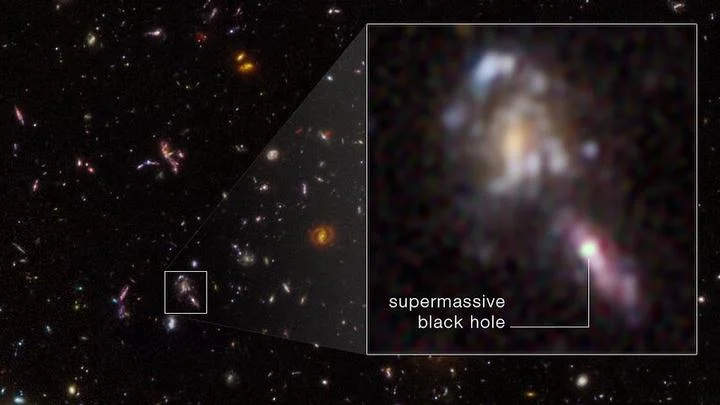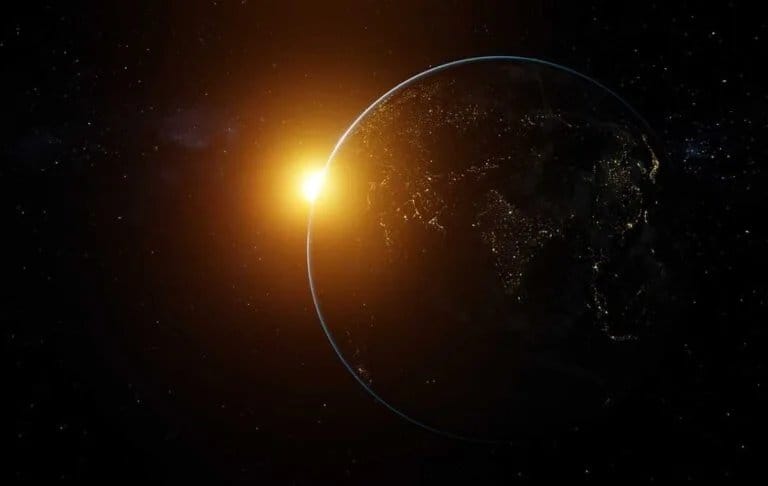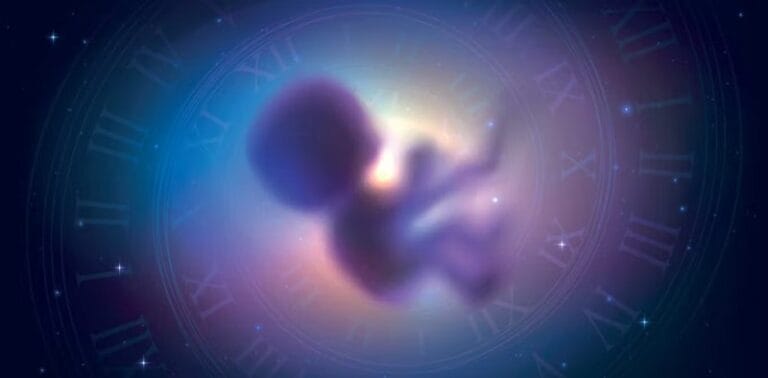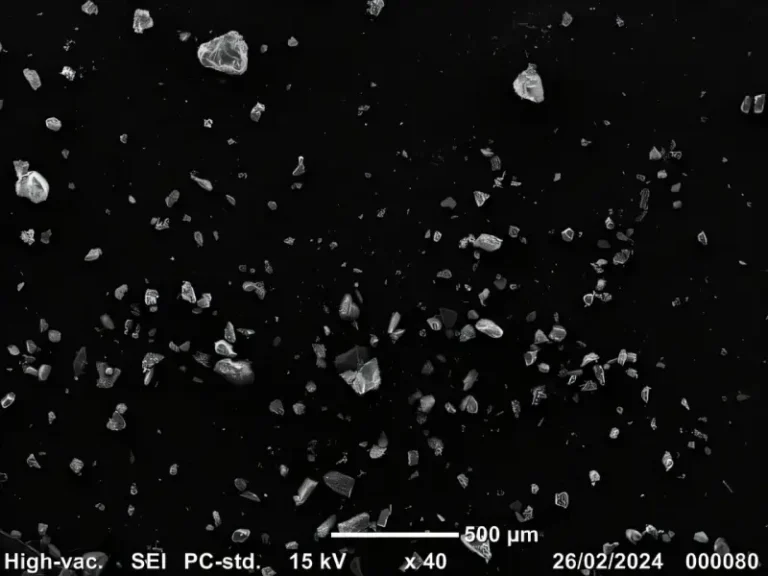Hubble finds more black holes in the early universe

The Hubble Space Telescope has revealed a larger number of black holes in the early universe than scientists had predicted, offering new perspectives on the formation of supermassive black holes. These giants, located at the center of many galaxies, emerged in a period very close to the Big Bang, less than a billion years after the event that gave rise to the cosmos. However, researchers still do not fully understand how these black holes formed and grew so quickly.
Supermassive black holes have incredibly high mass, potentially exceeding billions of times the mass of the Sun. According to Alice Young, a doctoral student at Stockholm University and co-author of a recent study published in the Astrophysical Journal Letters, “many of these objects seem to be more massive than we originally believed they could be at such early times; either they formed very massive, or they grew extremely rapidly.”
The study of the relationship between black holes and galaxy evolution is an area of great uncertainty, as these objects play a central role in the life cycle of galaxies. Using the Hubble, the team of scientists examined a group of faint galaxies that existed when the universe was still very young. By photographing these galaxies again after several years, the researchers were able to measure variations in their brightness, which indicates the possible presence of black holes. This method allowed them to identify more black holes than previous techniques had detected.
The findings suggest that many of these black holes may have formed from the collapse of extremely massive stars during the first billion years of the universe. These stars, known for being composed of pure elements, could only exist at the beginning of the cosmos, before being “contaminated by the remnants of stars that had already lived and died.” Other theories propose that these black holes could have emerged from the collapse of gas clouds, the merging of stars in dense clusters, or even speculative processes that occurred within the first seconds after the Big Bang.

With this new understanding of black hole formation, scientists hope to improve the models that explain galaxy evolution. Matthew Hayes, the study’s lead author and a professor at Stockholm University, emphasizes that “the formation mechanism of the first black holes is a key piece in the puzzle of galactic evolution.” He adds, “Along with black hole growth models, it is now possible to make more accurate calculations about galaxy evolution, with a better-founded framework for understanding how black holes arose from the collapse of massive stars.”
Observations made with NASA’s James Webb Space Telescope are also expected to provide more clues about black holes that formed shortly after the Big Bang, helping astronomers determine their masses and locations.
This research, therefore, sheds light on one of the greatest mysteries in astrophysics: how black holes, fundamental to the formation and evolution of galaxies, were born and grew so quickly in the early universe.






